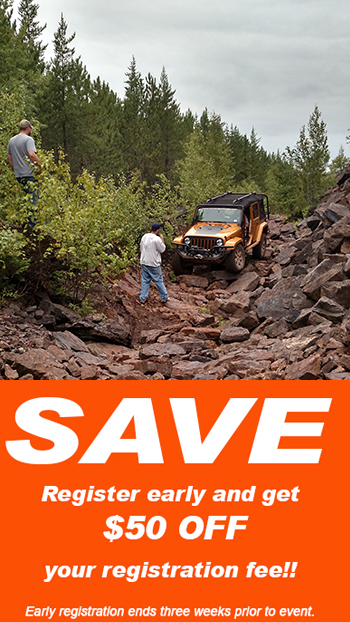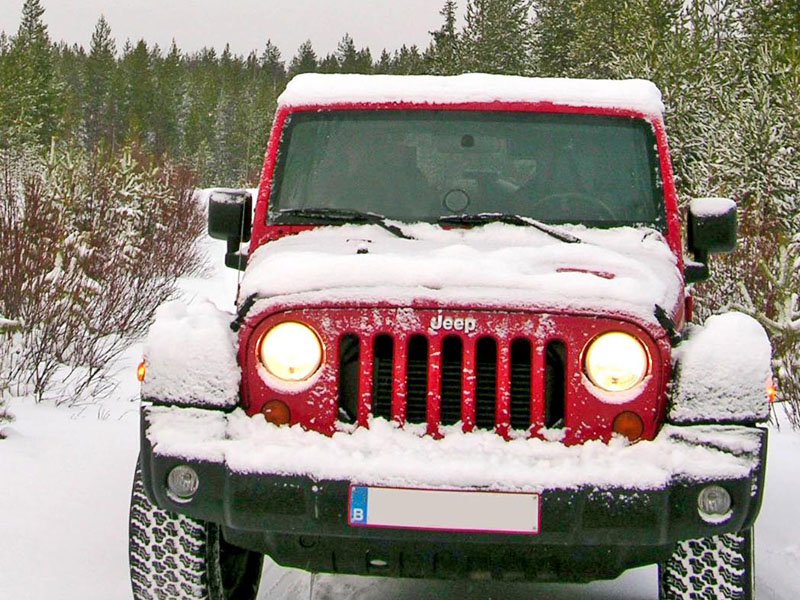It’s the coldest month in northern Minnesota and I’ve got the wintertime, no Jeepin’ blues.
I can already hear you saying that I’m a wimp and should “man-up, Barbie” and get out on the trail, but hear me out. The weather forecast is for almost 20 degrees below zero this weekend, my heater only works on warm days, and there’s not much daylight yet. I’ve got a list of Jeep repairs/upgrades as long as my arm, and a heated garage to do them in. I’m not going Jeepin’ for a reason…and it’s not just because the season is freezing.
I like to take advantage of this time to do a combination of repairs, upgrades, and routine service. My Scrambler no longer has to do daily driver (DD) duties, so it’s less urgent to fix the really obvious stuff (a broken drive shaft yoke doesn’t have to
be fixed until just before my next trail run, for example), but every vehicle requires a certain amount of regular care. You’ve heard me talk about lists before. This is another great place to start your own logbook of what broke, what got replaced, what got upgraded and what still needs to be done.
After every trip I make sure to do a thorough wash of everything I can reach with the spray wand and then a careful inspection of the undercarriage and engine compartment. Since my rig is sitting on a trailer at that point, it’s easy to slide underneath and do a complete and systematic examination of each part of the vehicle. Complete does not mean a quick glance; I really try to make sure the rig is safe and ready to go the next time I head out. Systematic means I have a plan of what to look at. I’m not just staring at the Jeep; I’m looking at specific things one at a time.
I start with the wheels, tires and brakes:
– Check wheels for damage (especially along the rim), check sidewalls of tires and tread blocks for cuts/missing chunks. Check tire pressure. Replace lost valve caps.
– Clean brake drums/shoes. Mud seeps into drums and then dries into abrasive grit. It needs to be cleaned out. Check rotors/pads. I converted to rear discs because they’re easier to service.
– Inspect for cracked or kinked brake lines or hoses. Look for fluid leaks.
I then go over the engine and cooling system:
– Check oil level and condition. Change oil and filter if needed. Change/clean air filter if needed.
– Inspect accessory belts. Tighten as needed, and replace if worn or frayed.
– Check power steering fluid level and condition.
– Replace leaking, cracked or bulging radiator and heater hoses. Inspect radiator for leaks. Add antifreeze if required.
– Check battery condition and output of alternator.
– Examine wiring. Look for worn or melted insulation, shorts, or blown fuses. Make sure grounding straps and terminals are clean, and proper ground is being maintained.












